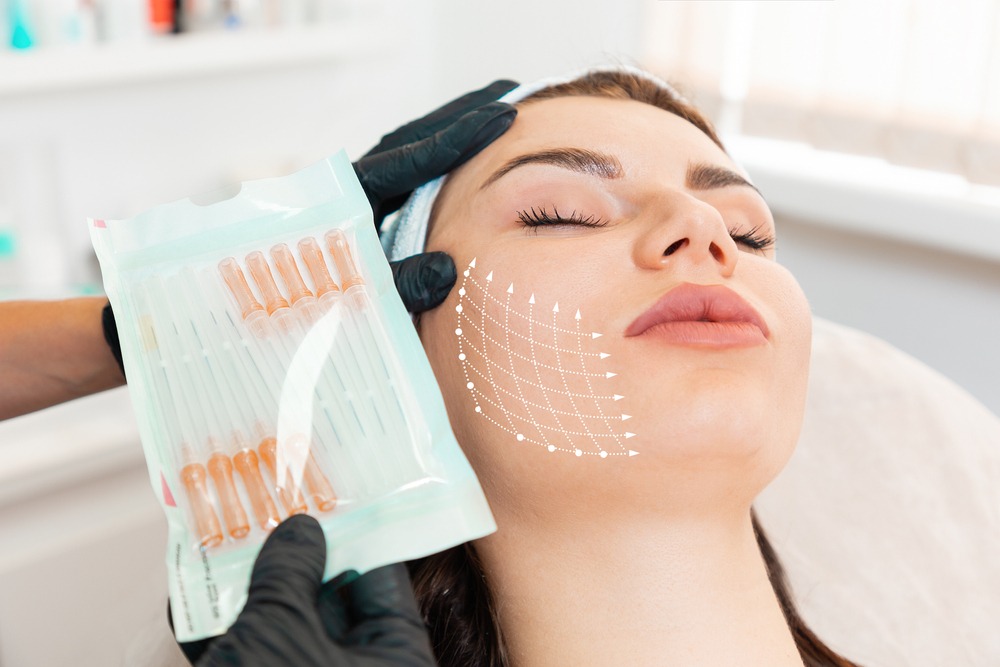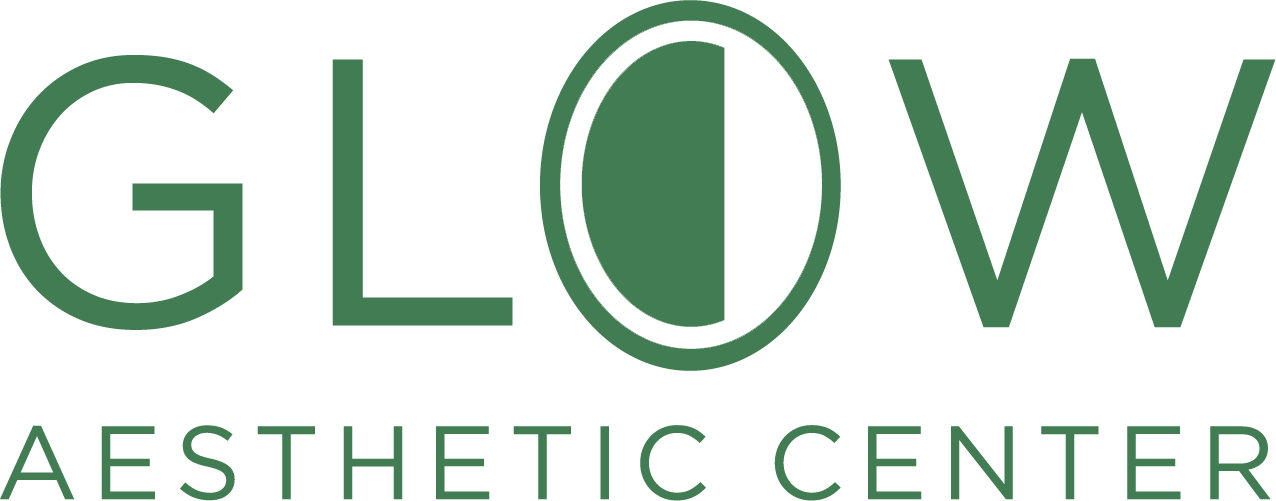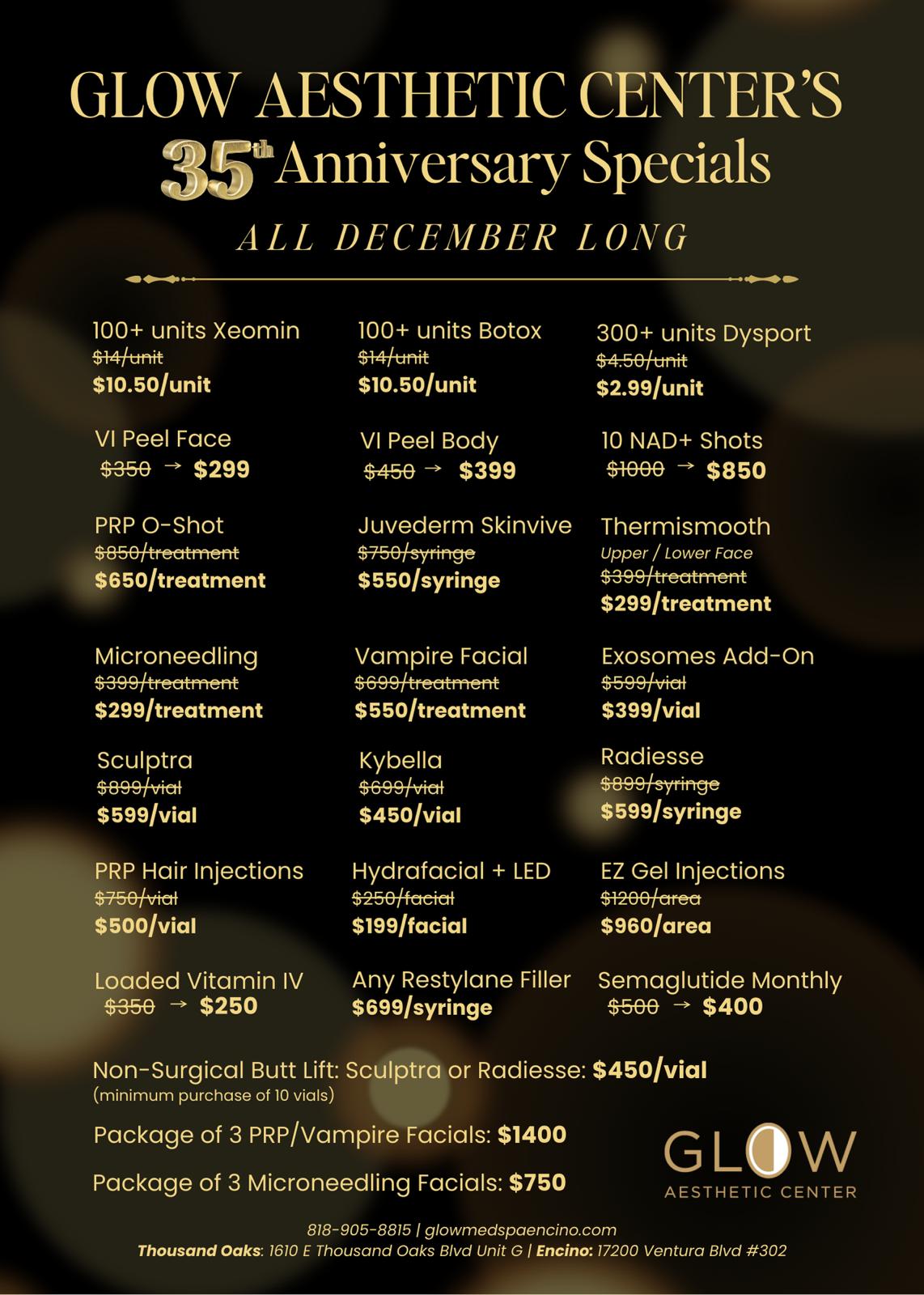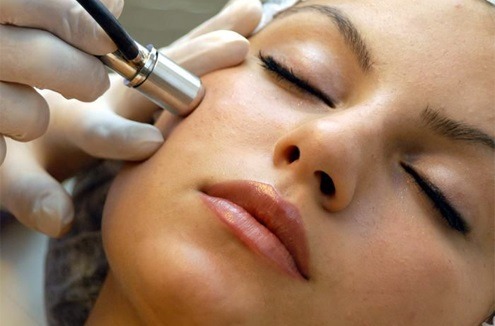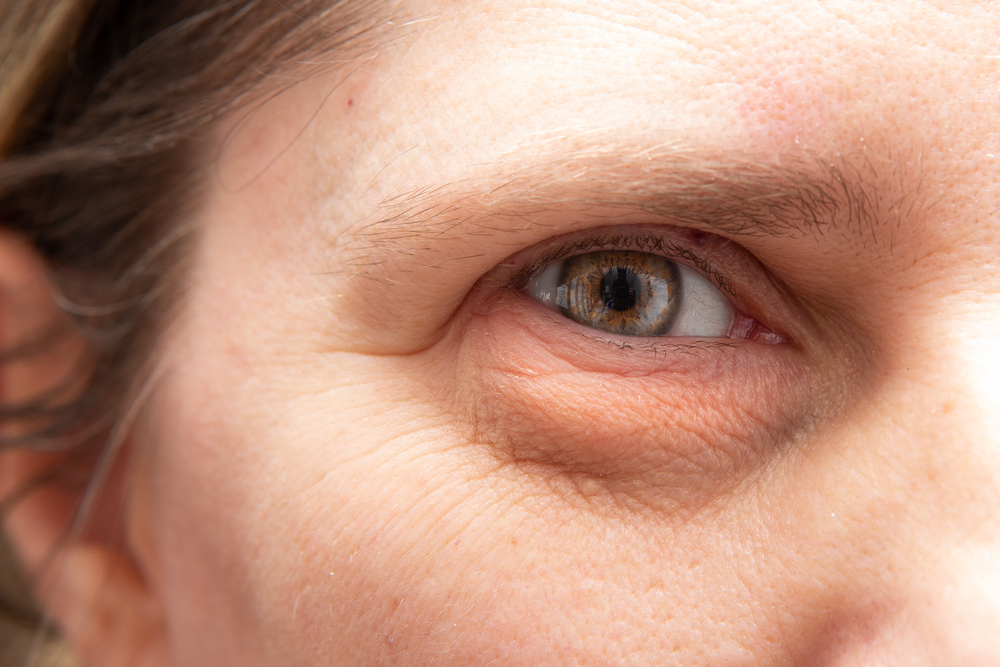Filler treatments have become increasingly popular in aesthetics, offering a quick and effective way to enhance facial features and combat signs of aging.
However, not everyone is satisfied with their filler results or may experience complications. If you find yourself in this situation, fret not!
This post will explore the art of filler dissolving and how it can help you restore your natural beauty.
Understanding Fillers and Their Longevity
Dermal fillers are injectable substances that restore volume, smooth wrinkles, and enhance facial features.
What are Fillers?
Fillers are gel-like substances injected beneath the skin to add volume, contour the face, and diminish the appearance of wrinkles or scars.
Fillers are typically made from hyaluronic acid, calcium hydroxylapatite, poly-L-lactic acid, or polymethylmethacrylate beads. Each type of filler offers unique properties and benefits.
Common Uses of Fillers
Fillers are commonly used to:
- Plump and enhance lips
- Fill in deep lines and wrinkles, such as nasolabial folds and marionette lines
- Restore volume in the cheeks and temples
- Correct under-eye hollows and tear troughs
- Improve the appearance of acne scars
- Enhance facial contours, such as the jawline or chin
Duration of Fillers
The longevity of fillers varies depending on the type used. Hyaluronic acid fillers typically last 6 to 18 months. In contrast, non-hyaluronic acid fillers may have longer-lasting effects, ranging from 1 to 5 years.
The specific duration can be influenced by factors such as the individual’s metabolism, the injection technique, the treated area, and lifestyle factors like smoking and sun exposure.
The Need for Filler Dissolving:
Although fillers are known for their transformative effects, there are circumstances where individuals may seek to reverse or adjust their results.
Let’s look into some of the reasons why someone might consider filler dissolving:
Dissatisfaction with Results
Despite careful planning and communication with the provider, individuals may find themselves dissatisfied with the outcome of their filler treatment. This could be due to overfilling, underfilling, or failing to achieve the desired aesthetic result.
Filler dissolving offers a solution to restore their appearance and regain satisfaction.
Asymmetry
Human faces are naturally asymmetrical, but fillers can sometimes accentuate these imbalances.
If an individual experiences noticeable or bothersome asymmetry after a filler treatment, they may opt for filler dissolving to achieve a more harmonious and balanced appearance.
Complications
While uncommon, complications can occur after filler injections. These may include lumps, bumps, irregularities in the treated area, vascular compromise, allergic reactions, or infections.
Filler dissolving can address these complications and help restore the skin’s health and integrity.
Changes in Personal Preferences
Personal preferences evolve, and what may have been desirable in the past may no longer align with an individual’s current aesthetic goals.
Filler dissolving allows flexibility and the opportunity to adapt one’s appearance to reflect their evolving sense of self.
The Art of Filler Dissolving:
Now let’s explore the techniques and procedures used to safely and effectively dissolve fillers. By understanding the various options available, individuals can make informed decisions when considering filler dissolving.
Hyaluronidase
Hyaluronidase is an enzyme that breaks down hyaluronic acid, the primary component of many dermal fillers. This subsection will briefly overview Hyaluronidase and its role in filler dissolving.
What is Hyaluronidase, and how does it work?
Hyaluronidase is an enzyme that breaks down hyaluronic acid by catalyzing its degradation. It breaks the bonds within the hyaluronic acid molecule, allowing the body to eliminate the filler naturally.
How is Hyaluronidase used to dissolve hyaluronic acid fillers?
Hyaluronidase is injected into the treated area, diffusing and breaking down the hyaluronic acid filler. The process is relatively quick, and results can be seen within hours or days, depending on the individual’s response.
Safety Considerations and potential side effects of Hyaluronidase
While Hyaluronidase is generally safe, it is essential to consider potential side effects, such as allergic reactions or temporary swelling. Working with a qualified professional who understands Hyaluronidase’s proper dosage and administration is crucial to minimize risks.
Non-Hyaluronic Acid Filler Dissolving Options
In addition to Hyaluronidase, alternative methods are available to dissolve non-hyaluronic acid fillers. This subsection will explore some of these techniques.
Alternative methods to dissolve non-hyaluronic acid fillers
Non-hyaluronic acid fillers, such as calcium hydroxylapatite or poly-L-lactic acid, may require different approaches for dissolving. Options may include using radiofrequency devices, laser treatments, or micro-needling techniques, which stimulate collagen production and gradually fade the effects of these fillers.
Techniques such as radiofrequency, laser treatments, and more
Radiofrequency devices utilize heat to break down non-hyaluronic acid fillers, promoting the body’s natural elimination processes. Laser treatments can target specific wavelengths to break down the filler particles. Experienced professionals should perform these techniques to ensure safety and optimal results.
Dissolve Your Fillers
Filler dissolving can be a transformative solution for individuals dissatisfied with their filler results or seeking modifications to their appearance.
Don’t let dissatisfaction or complications with your fillers hold you back. Contact us today to book your Hylenex filler dissolving consultation.
